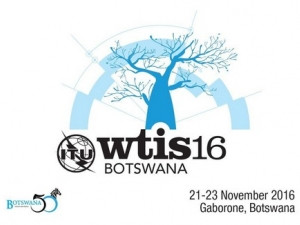
Not all natural disasters can be reduced, but governments have to look at offsetting some of the risks by using technology mechanisms to manage and identify disasters.
So said John Harding, programme officer of the UN Office for Disaster Risk Reduction (UNISDR), speaking on day three of the International Telecommunication Union's (ITU's) World Telecommunication/ICT Indicators Symposium 2016 in Gaborone, Botswana earlier today.
According to Harding, the UNISDR projects a global $314 billion annual loss as a result of disasters, and this excludes drought and key sector losses such as agriculture.
Exposure to disaster and climate risks in countries is growing rapidly, but ICT can play a key role in management of natural disasters, he said.
Harding added that ICT can be used to provide early warning systems, which in turn can contribute to reduced loss of lives in some regions.
In offsetting risks, mobile cellular networks can be used to measure rainfall intensity, he said. "ICTs have a central role in measuring disaster risk and resilience in sustainable development goals (SDGs). ICT regulators and related ministries need to be talking to national institutions and national platforms for disaster risk management.
"Existing ICT data can contribute to measuring disaster risk, vulnerable groups and target population for early warning systems."
Harding also noted the role of ICT in disaster reduction falls in line with achieving the goals set in the Sendai Framework, which is a policy framework for disaster management.
The Sendai Framework has explicit links to the 2030 Agenda for Sustainable Development and to the United Nations Framework Convention on Climate Change processes, he noted.
This week, Brahima Sanou, director of the telecommunication development bureau for the ITU, encouraged delegates to use their time at the symposium to track how ICT can be used for sustainable development.
Share